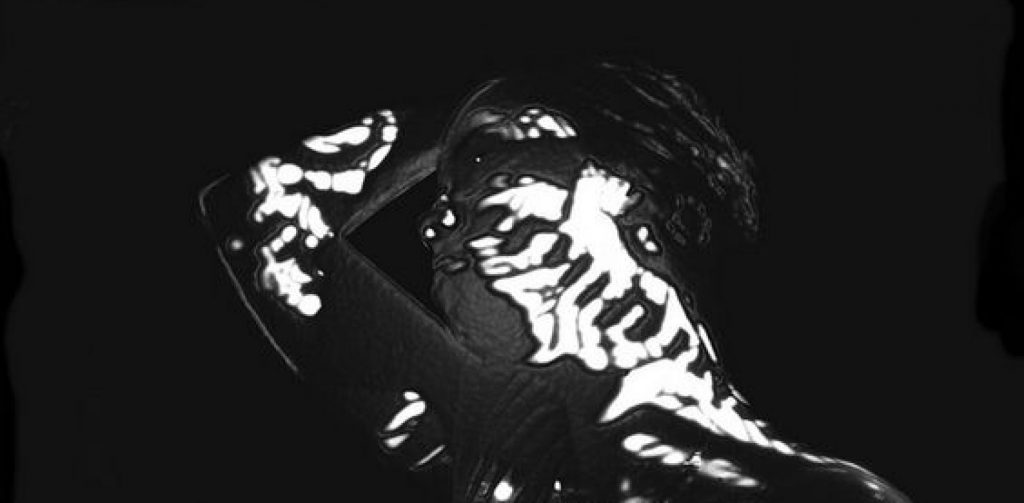Following my last post I am deciding to go down the ambient music route. With time of the essence, it is important that I am thorough in my research but quick at the same time so I can move on to actually putting the audio paper together. I feel like a week and a half of dedicated research will be enough, assuming that I will put in considerable hours every day whilst keeping up with my other projects.
I’ve started my research off by reading an article on the Barbican website called ‘An Introduction to Ambient Music’, written by Jon Dale (1). I enjoyed reading the article very much as it covers a wide range of topics and branches within ambient music whilst having a very introductory tone. Immediately this feels more natural than my research into generative music, because my ideas are flowing and my head feels a lot more clear. I feel like there are a lot of options for me to narrow down my subject matter into something that I can cover in more depth.
My notes above cover the sections of the article that took my interest. There was plenty of material for me to build from and go deeper into. I am really intrigued about how Dale refers to ambient music in the current day “experiencing a moment of heightened awareness”, which is due to how it “[offers] calm and refuge from the 21st century storm.” This quote prompted me to think about the qualities that ambient music has over all other genres, and the biggest one is its ability to induce a state of tranquillity in the listener and conjure a transcendent experience. Looking into this a little further, I found an article (2) that speaks on a study that proves listening to ambient music with minimal rhythm and soothing textures “is so effective that it is able to put listener’s senses at rest, resulting in lower blood pressure and heart rate”. The study was undertaken by Florida National University, and this goes to show the potential for ambient music to be used almost as a tool for focusing and concentration.
This thought is continued later in the article when Dale references ‘chill-out rooms’ at raves, and speaks on the explosion of rave culture being a major turning point for ambient music’s development and rise to popularity. These chill-out rooms were separate from the main event and would be for people either having a bad drug experience or simply wanting some relief from the intensity of these hardcore raves. DJ’s would, and still do, mix records that had much more of an ambient influence, whether that be complete ambient songs or techno/house/jungle tracks with a more minimal and soothing approach. This idea of ambient music having the capacity to focus and induce a calming state of mind is something that I think would be good to focus on for my audio paper because it is more specific yet I can still include many references and sources within my narration.
There is a lot more on the article that I want to cover, which is more in relation to the canon of ambient music, but I feel I will leave that for another post to not bloat this post out too much and go a bit more in depth on how the ambient music canon has evolved, where it is at currently and where it can go in the future. I intend to source 3 or 4 artists/movements/approaches within the broader scope of ambient music that reflect this idea of ambient music having somewhat of a healing power.
(1) Barbican.org.uk. (2020). An introduction to Ambient Music. [online] Available at: https://sites.barbican.org.uk/ambientmusic/ [Accessed 2 Nov. 2021].
(2) Ward, E. (2020). Soothing, minimal music scientifically linked to higher levels of concentration and productivity. [online] The Prospector. Available at: https://www.theprospectordaily.com/2020/01/21/soothing-minimal-music-scientifically-linked-to-higher-levels-of-concentration-and-productivity/ [Accessed 2 Nov. 2021].

